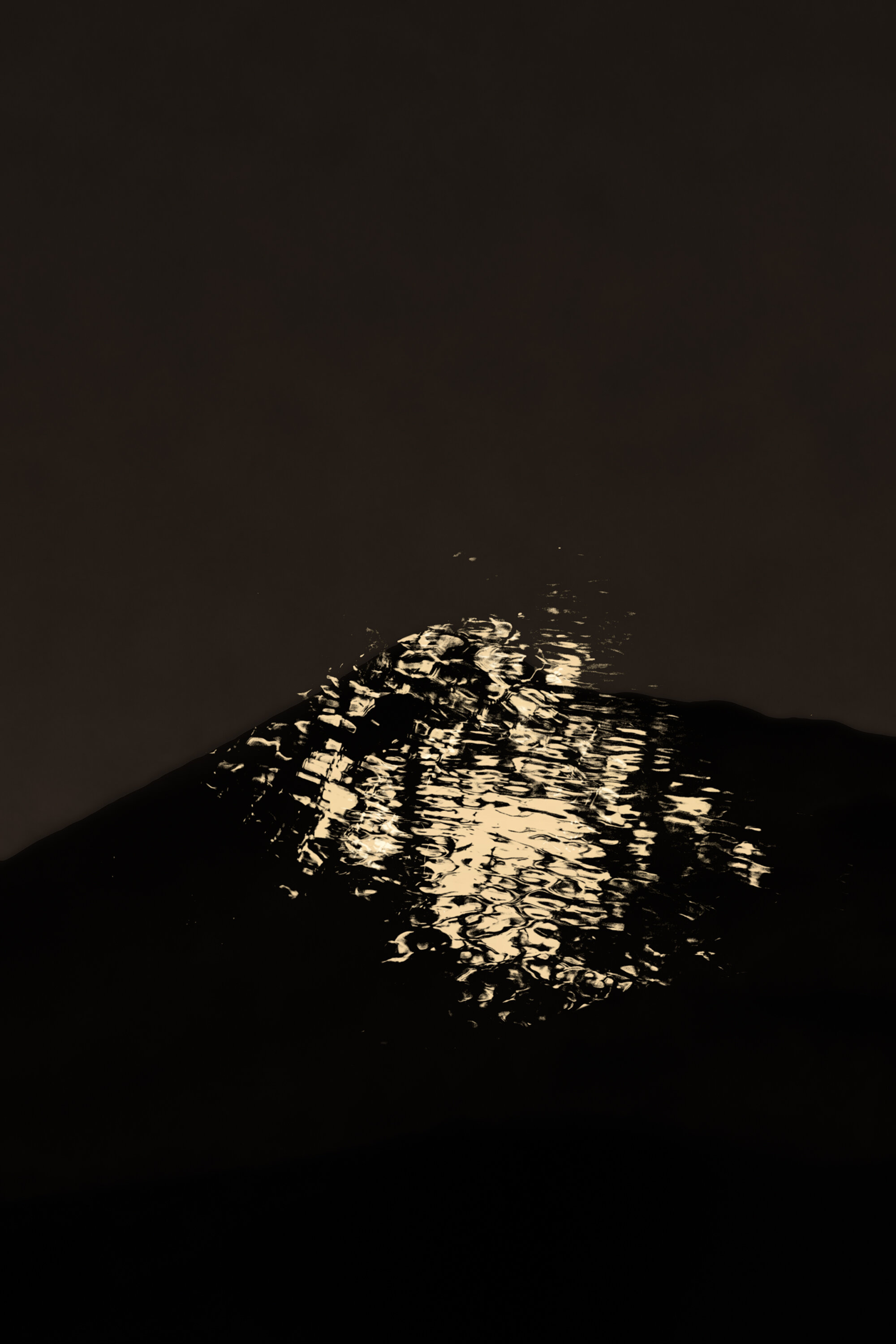Paul Cupido: Meshing Memory and Nature
Suave,2016, © Paul Cupido, Courtesy Danziger Gallery
By Summer Myatt
What is a memory if not an embellished mental reconstruction of an intangible, fleeting lived experience, or a bookmarked feeling one keeps tucked in between the pages of their life’s story? The ephemerality of the human experience is such a sweet heartache; time marches forward despite our best efforts to wrangle it, suspend it in place. Paul Cupido, a photographer from the small Dutch island of Terschelling, creates work concerned with portraying the vulnerability, yearning, and complexity this transience stirs up within the human spirit. At the heart of his photographic work is the idea that sustaining and strengthening a relationship between people and nature can be a sacred act of consolation and reprieve, capable of softening the blow of death’s inevitability.
Kawa #16, 2019, © Paul Cupido
Cupido’s work is at once obscure and direct, creating a compelling tension between the realistic and the conceptual. His photographic palette is comprised of deep, crisp blacks against soft, warm creams, glowing reds and blues, and starkly juxtaposed colors conveying stunningly sharp natural elements. Cupido’s range is impressive; at times, his images are simple, yet poignant – reminiscent of childhood, or evoking a melancholic tone – yet many of his photos look like stills from a sci-fi thriller.
Recently, part of Cupido’s 2016 diptych, Yumemiru & Suave, accompanied a New York Times article featuring Duchess Meghan Markle’s struggle with loss and grief. In the soft, almost blurred image, a woman stands silhouetted against a sea, but contained in the deep black of the woman’s figure is what appears to be a dazzling array of celestial bodies and cosmic phenomena. There is no mystery as to why Cupido’s photo was chosen to accompany the article; without a single word, the image conveys the intricacy of the inner self, the weight of time, and the universal connection between people and the natural world.
Estudi Azuriet, 2019, © Paul Cupido, Courtesy Danziger Gallery
In his image, Estudi Azuriet, 2019, Cupido’s mastery of color, light, and composition shines through an eerie, mesmerizing twilight scene. A multitude of tiny berries glow bright red – as if illuminated by the taillights of a car – against a softly deepening blue sky, the jutting shadows of tree branches adorning the expansive backdrop of space. Cupido possesses a keen ability to transform the ordinary into the sublime, taking raw natural elements and presenting them as divine structures. In another image, Kawa #2, 2019, the shining blue flowers of a thin, wiry tree are almost indiscernible from stars in the night sky. This photo acts as a through line between two realms, connecting the natural world to the cosmic one. Shot in the dark with flash, the image has a spectacular sense of wonder to it, as the viewer is left pondering what more could possibly be hiding under the cover of night.
Umi 2019, © Paul Cupido, Courtesy Danziger Gallery
The photographer’s study of memory as an evanescent yet foundational element of human life feels almost impossibly personal. The scenes he captures are not lived memories for any one viewer, but they feel like they could have been: a woman floats serenely in a pool of flowers; a naked figure, bathed in red light, reaches upward surrounded by stars. Cupido’s dreamlike world harnesses the sweet sadness of life’s transience alongside the consolatory beauty of nature.











